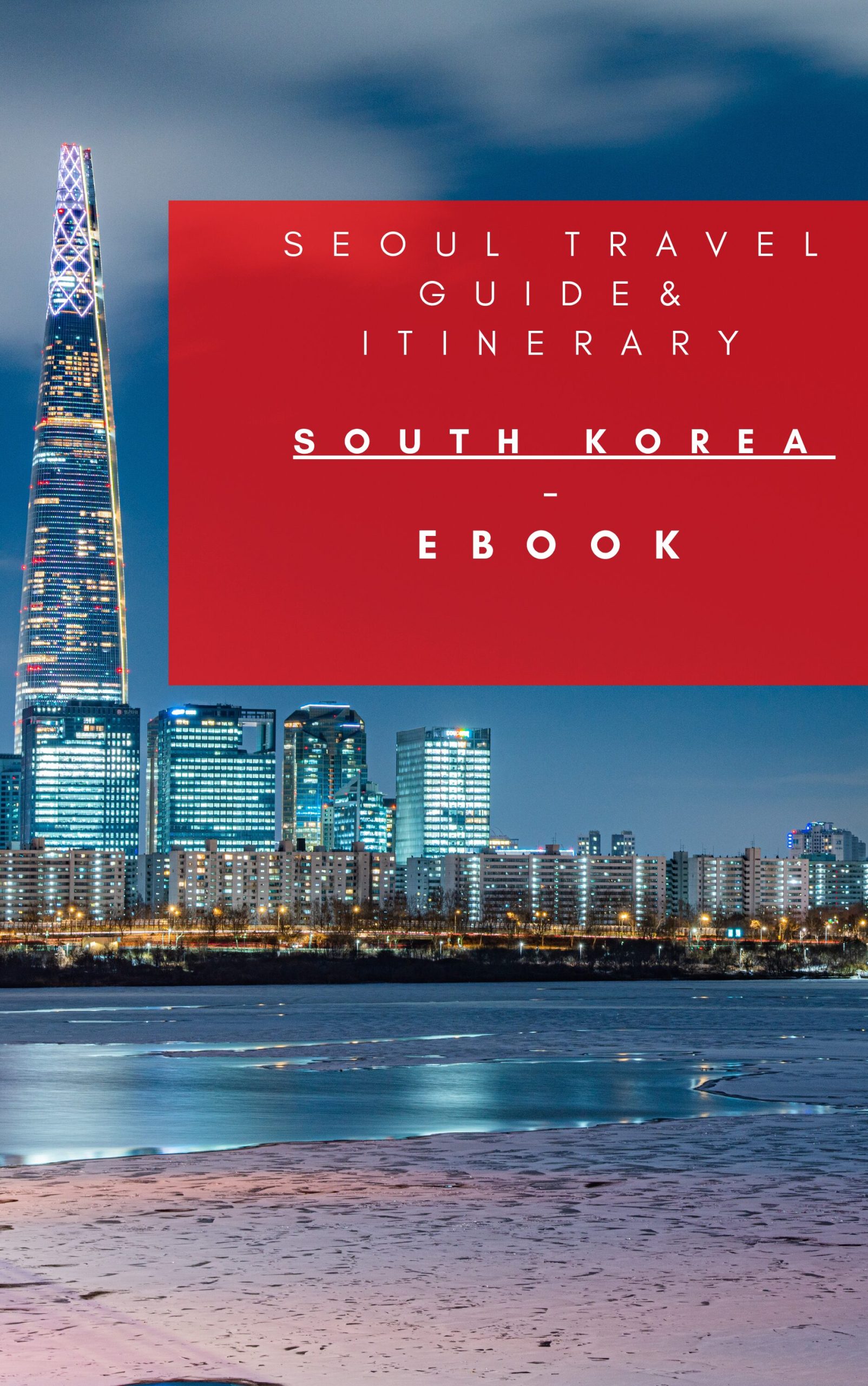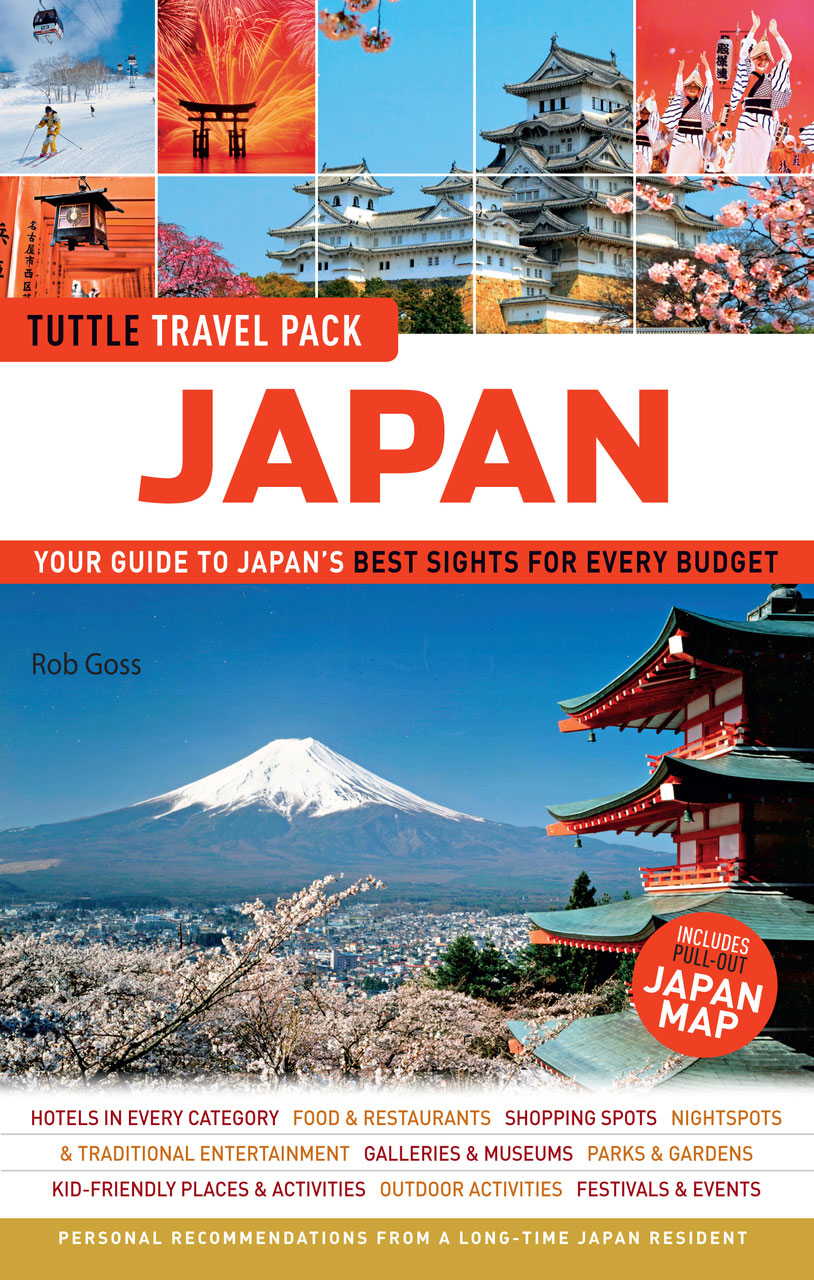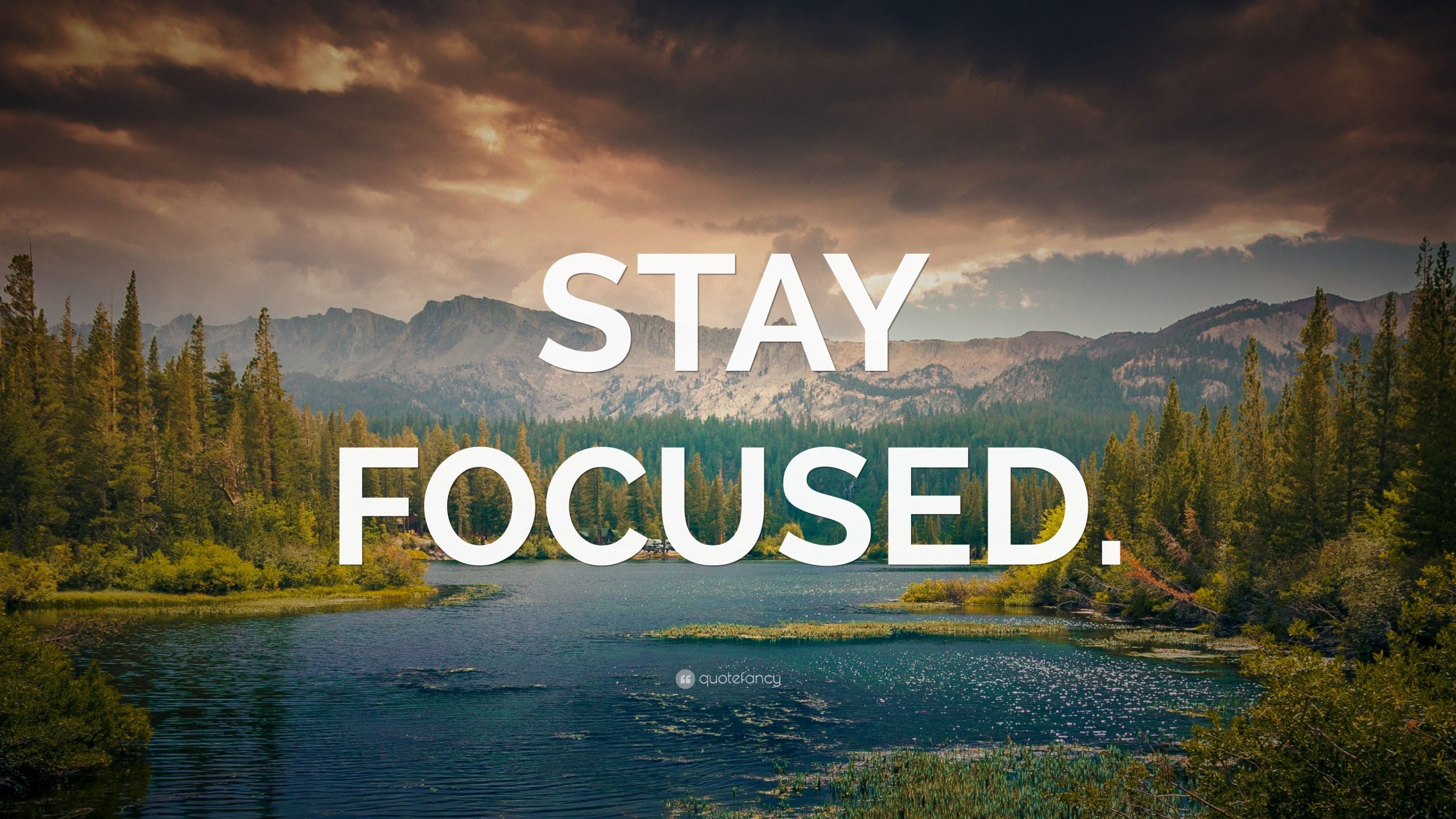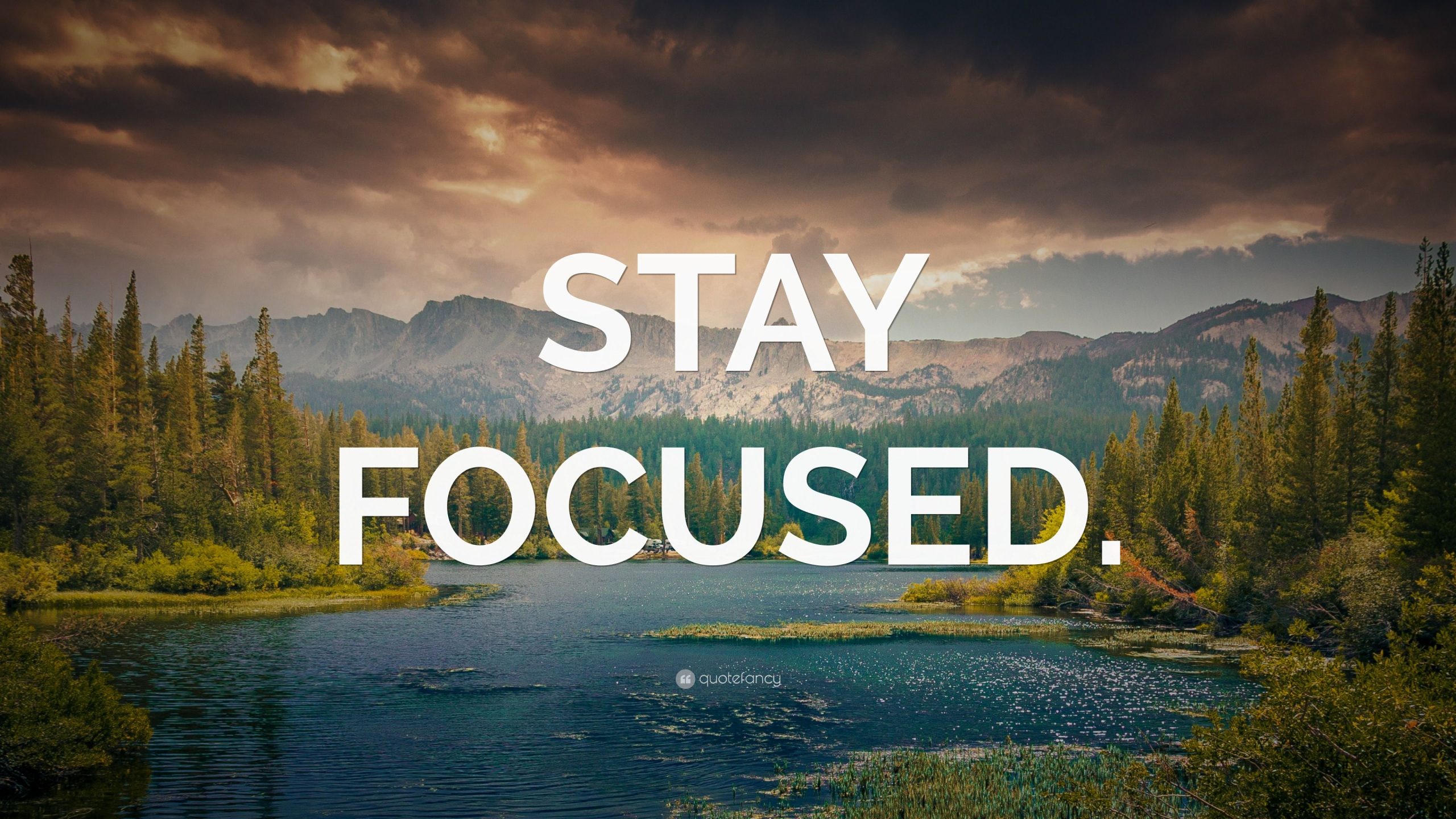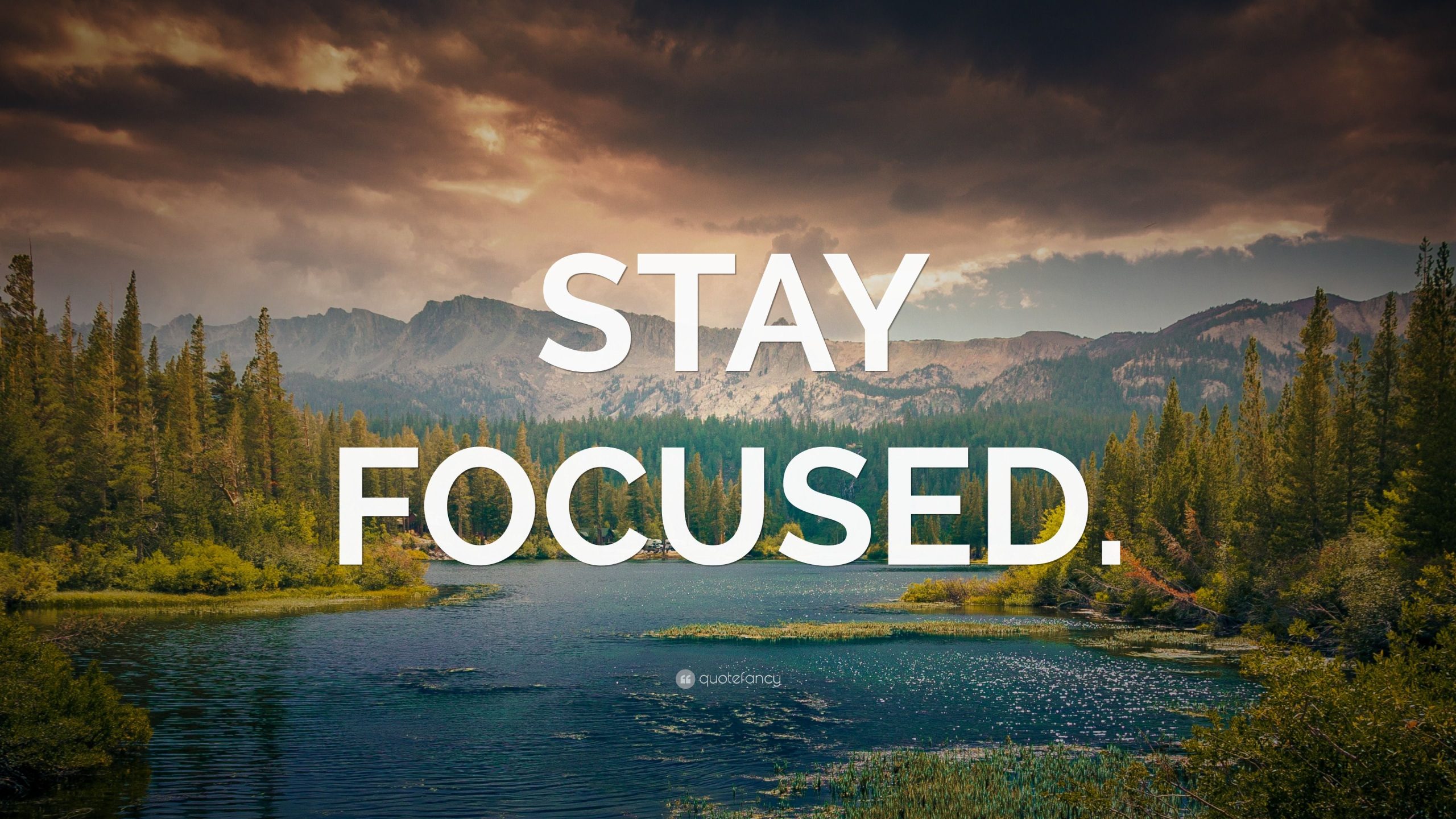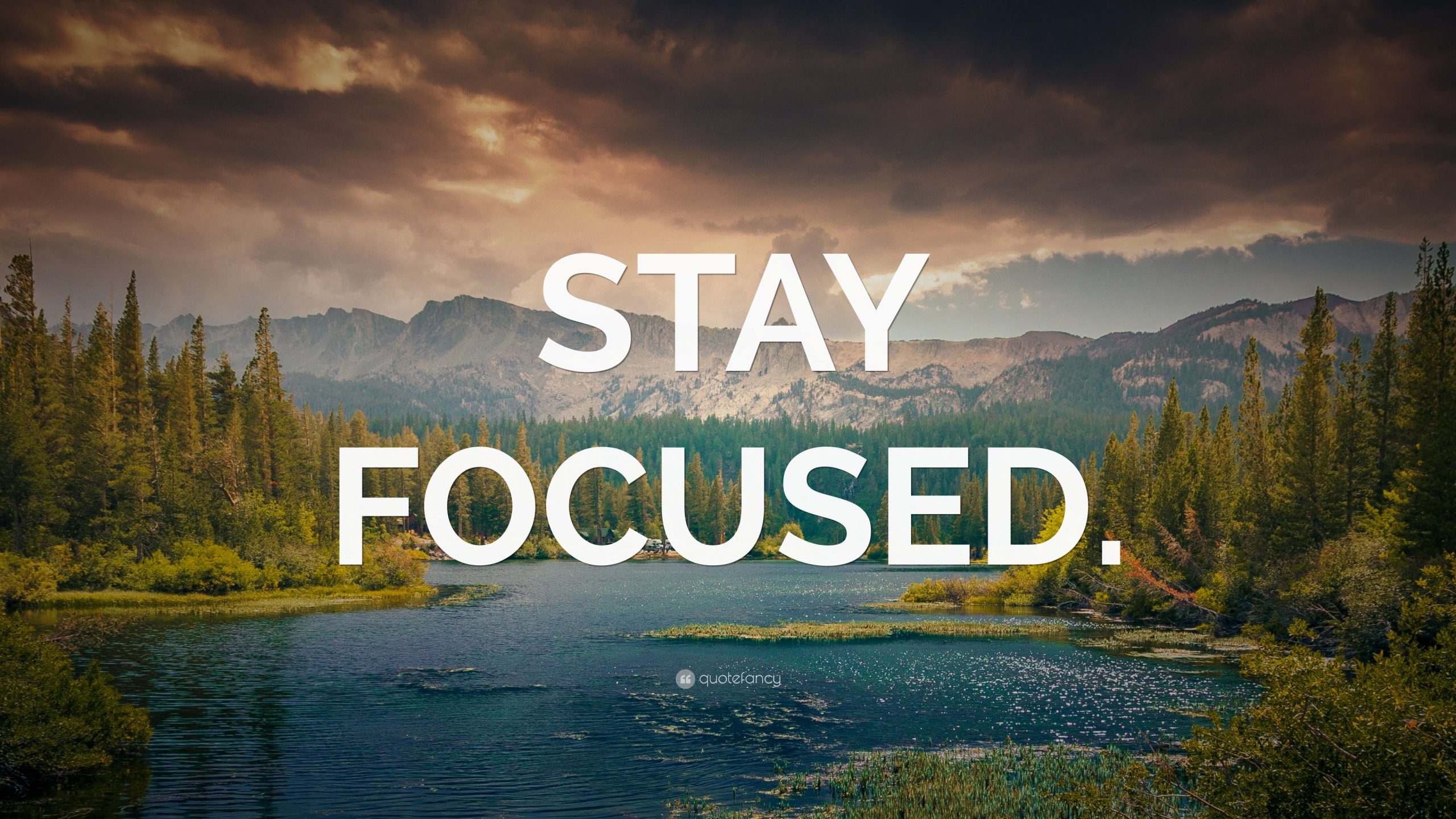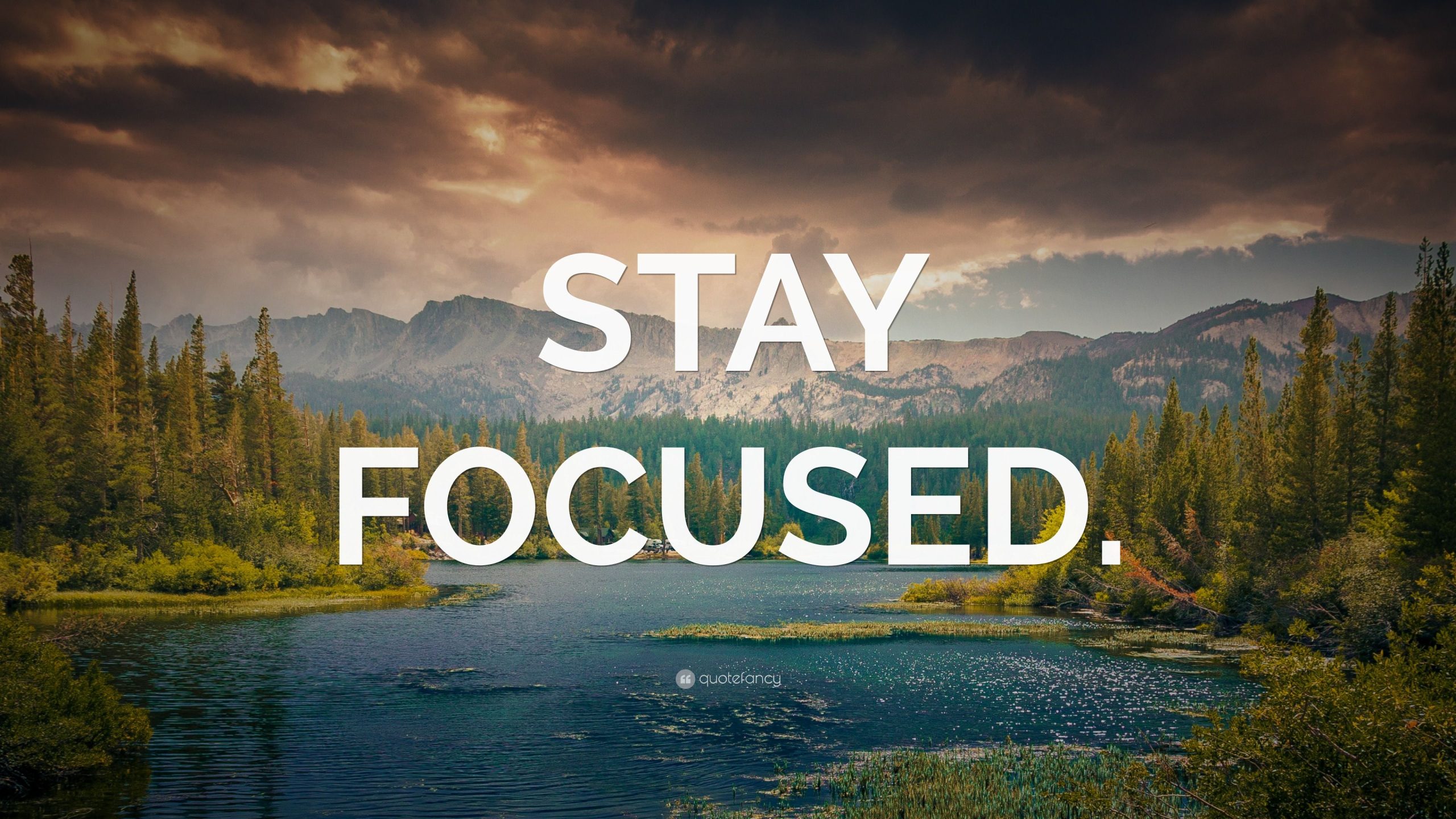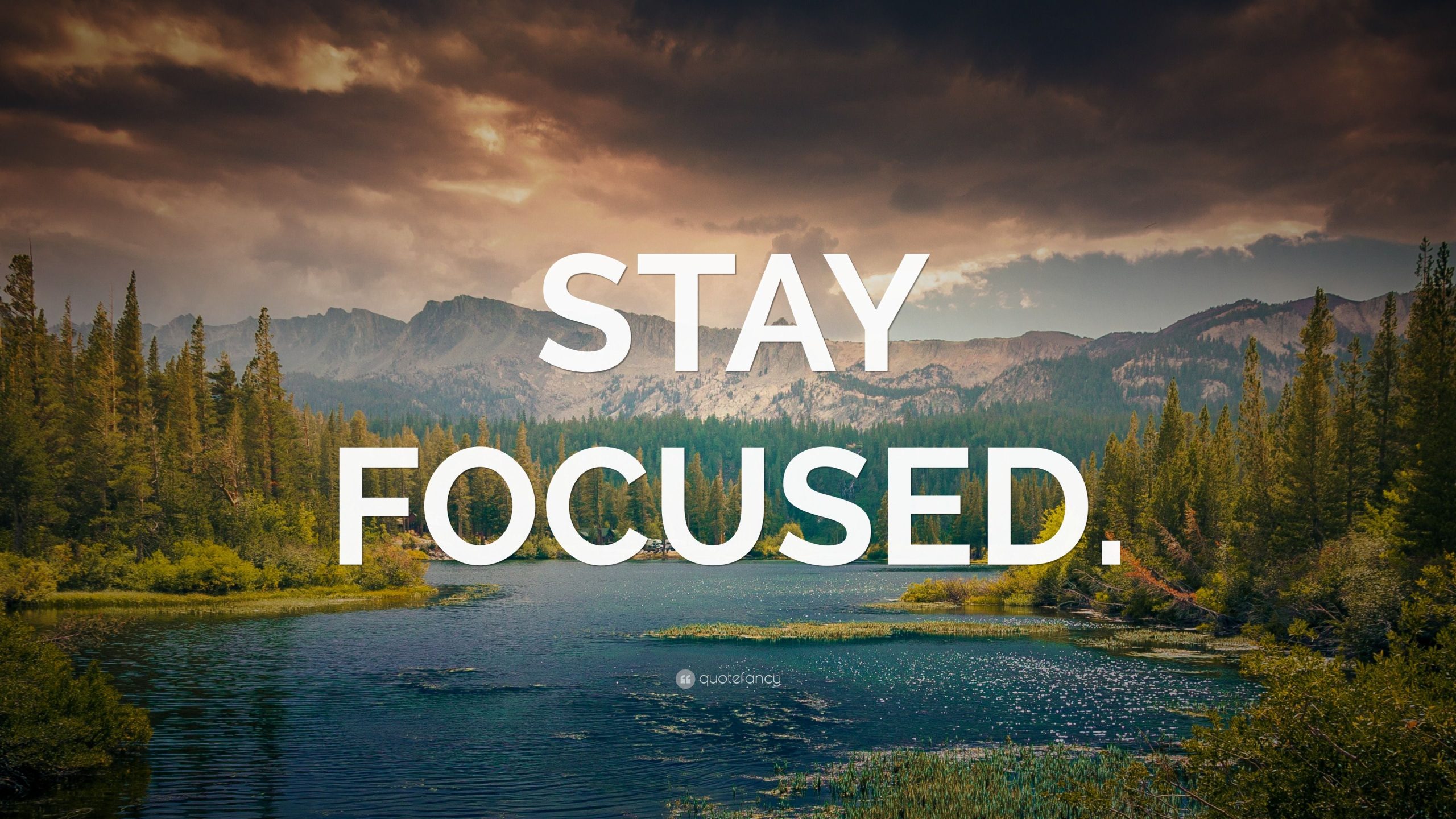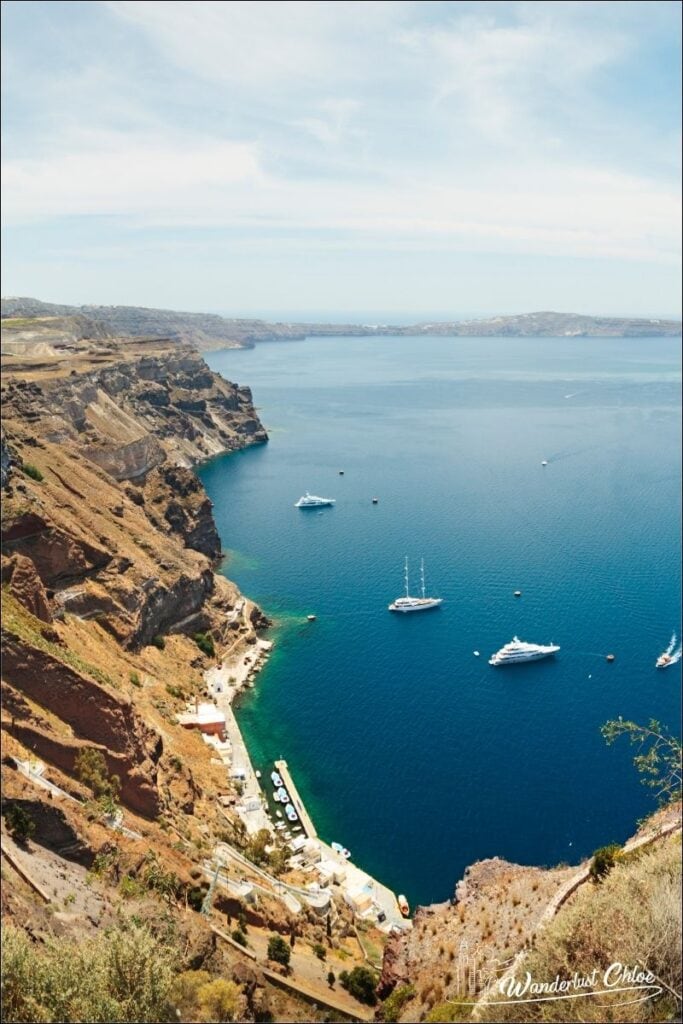
Santorini, a jewel of the Cyclades archipelago in the Aegean Sea, is instantly recognizable by its whitewashed villages clinging precariously to dramatic cliffs, overlooking a mesmerizing expanse of blue. This breathtaking landscape is not just a picturesque accident of nature; it’s the direct result of a cataclysmic volcanic eruption that shaped the island and created its defining feature: the Santorini Caldera.
More than just a stunning view, the Santorini Caldera is a living testament to the power of geological forces, a cradle of ancient civilizations, and a vibrant hub of modern tourism. This article will delve into the fascinating history of the caldera, highlight its main attractions, provide essential travel tips, recommend the best time to visit, suggest nearby hotels, introduce you to the tantalizing local cuisine, and outline the various transportation options available.
A Volcanic Legacy: The History of the Santorini Caldera
Related Articles about The Santorini Caldera: A Journey Through Time, Beauty, and Volcanic Majesty:
- Kenya: A Timeless Tapestry of Wildlife, Culture, and Adventure – Your Ultimate Travel Guide
- Amsterdam: A Tapestry of Canals, Culture, and Charm
- Ascending to the Roof of Africa: Your Comprehensive Guide to Visiting Mount Kilimanjaro
- Mexico: A Tapestry of Ancient Wonders, Vibrant Culture, and Sun-Kissed Shores
- Austria’s Enduring Charm: A Grand Tour of Its Best Tourist Attractions
The story of the Santorini Caldera is one of fire, destruction, and ultimately, rebirth. Its origins lie in a series of volcanic eruptions spanning hundreds of thousands of years. However, the defining event that sculpted the caldera we know today occurred around 1627 BC, during the Late Bronze Age. This colossal eruption, known as the Minoan eruption, was one of the largest volcanic events in recorded history, with an estimated Volcanic Explosivity Index (VEI) of 6 or 7.
The eruption began with smaller precursor events, followed by a massive Plinian eruption that sent a towering column of ash and pumice high into the atmosphere, blanketing the surrounding islands and even reaching distant regions like Greenland. This initial phase was followed by a series of pyroclastic flows and surges, scorching the landscape and obliterating any existing settlements.
The most devastating phase involved the collapse of the volcano’s magma chamber, creating a vast circular depression – the caldera. Seawater rushed into the void, triggering a massive tsunami that ravaged the coasts of Crete and other Mediterranean islands. This tsunami is believed by some to have contributed to the decline of the Minoan civilization on Crete, although the exact extent of its impact is still debated.
In the centuries following the Minoan eruption, volcanic activity continued, albeit on a smaller scale. New volcanic islands, such as Nea Kameni and Palea Kameni, emerged within the caldera, adding to the geological complexity and visual drama of the landscape. The most recent significant eruption occurred in 1950, causing considerable damage to the island’s infrastructure.
Today, the Santorini volcano is still considered active, though it is currently in a state of dormancy. Scientists closely monitor the volcano for any signs of increased activity, ensuring the safety of the island’s residents and visitors.
Attractions That Define the Caldera Experience:
The Santorini Caldera offers a wealth of attractions, each providing a unique perspective on its geological history and unparalleled beauty:
-
Fira: The capital of Santorini, Fira, is perched precariously on the western edge of the caldera, offering breathtaking panoramic views. Its narrow, winding streets are lined with shops, restaurants, and art galleries. The Orthodox Metropolitan Cathedral and the Archaeological Museum of Thera are also worth exploring.
-
Oia: Famous for its stunning sunsets, Oia is arguably the most picturesque village on Santorini. Its whitewashed buildings cascade down the cliffs, creating a postcard-perfect scene. The sunset viewing points are incredibly popular, so arrive early to secure a good spot.
-
Imerovigli: Situated between Fira and Oia, Imerovigli offers a more tranquil atmosphere than its bustling neighbors. Its location, known as the "balcony to the Aegean," provides unparalleled views of the caldera. Skaros Rock, a prominent rock formation, is a popular hiking destination.
-
Nea Kameni & Palea Kameni: These volcanic islands in the center of the caldera are accessible by boat. Visitors can hike to the active crater of Nea Kameni, experience the unique geological landscape, and soak in the therapeutic hot springs of Palea Kameni.
-
Therasia: A smaller, less-developed island on the western edge of the caldera, Therasia offers a glimpse into a more traditional way of life. Explore the charming villages of Manolas and Potamos, and enjoy stunning views of Santorini from a different perspective.
-
Akrotiri Archaeological Site: This ancient Minoan city was buried by the Minoan eruption, preserving it in remarkable condition. Often referred to as the "Pompeii of the Aegean," Akrotiri offers a fascinating insight into the lives of the people who inhabited Santorini before the cataclysm.
-
Wine Tasting: Santorini is renowned for its unique volcanic wines, particularly Assyrtiko. Several wineries offer tours and tastings, allowing visitors to sample the local varietals and learn about the island’s winemaking traditions.
Essential Travel Tips for a Memorable Santorini Experience:
- Book Accommodation in Advance: Santorini is a popular destination, especially during peak season. Booking accommodation well in advance is essential to secure your preferred choice and avoid disappointment.
- Pack Comfortable Shoes: Santorini’s villages are characterized by narrow, uneven streets and numerous steps. Comfortable walking shoes are a must for exploring the island.
- Protect Yourself from the Sun: The sun in Santorini can be intense, especially during the summer months. Wear sunscreen, a hat, and sunglasses to protect yourself from sunburn and heatstroke.
- Stay Hydrated: Drink plenty of water throughout the day to stay hydrated, especially when exploring the volcanic islands or hiking in the sun.
- Be Prepared for Crowds: Santorini can be very crowded, particularly in Fira and Oia, especially during sunset. Be prepared for crowds and plan your activities accordingly.
- Learn Some Basic Greek Phrases: While English is widely spoken in tourist areas, learning a few basic Greek phrases will be appreciated by the locals and enhance your cultural experience.
- Respect Local Customs: Santorini is a predominantly Christian Orthodox island. Dress modestly when visiting churches and monasteries, and be mindful of local customs and traditions.
- Consider Visiting During the Shoulder Seasons: The shoulder seasons (April-May and September-October) offer pleasant weather, fewer crowds, and lower prices compared to the peak summer months.
The Best Time to Visit Santorini:
The best time to visit Santorini depends on your priorities and preferences.
- Peak Season (June-August): This is the busiest and most expensive time to visit. The weather is hot and sunny, perfect for swimming and sunbathing. However, expect large crowds and higher prices.
- Shoulder Seasons (April-May & September-October): These months offer a good balance of pleasant weather, fewer crowds, and more affordable prices. The sea is warm enough for swimming, and the island is less congested.
- Off-Season (November-March): The weather is cooler and often rainy during the off-season. Many hotels and restaurants are closed, and ferry schedules are limited. However, this is the quietest and most affordable time to visit, offering a unique opportunity to experience the island without the crowds.
Accommodation Options Near the Caldera:
Santorini offers a wide range of accommodation options to suit all budgets and preferences.
- Luxury Hotels: Many luxury hotels are located on the caldera rim in Fira, Oia, and Imerovigli, offering stunning views, private balconies, and upscale amenities.
- Boutique Hotels: Boutique hotels offer a more intimate and personalized experience. They are often located in charming villages and feature unique designs and local touches.
- Apartments and Villas: Apartments and villas are a good option for families or groups traveling together. They offer more space and privacy than hotel rooms and often include kitchen facilities.
- Budget-Friendly Options: Budget-friendly hotels and guesthouses can be found in less central locations, such as Firostefani and Imerovigli, offering more affordable accommodation without sacrificing views.
Savoring Santorini: A Culinary Journey
Santorini’s cuisine is a delicious reflection of its volcanic landscape and rich agricultural heritage.
- Fava: This creamy dip made from yellow split peas is a Santorini specialty. It is typically served with olive oil, onions, and capers.
- Tomatokeftedes (Tomato Fritters): These crispy fritters are made from Santorini’s unique cherry tomatoes, which are known for their intense flavor and sweetness.
- White Eggplant: Santorini’s white eggplant is sweeter and less bitter than regular eggplant. It is often grilled, roasted, or used in moussaka.
- Katsouni: A local cucumber variety, Katsouni is smaller and sweeter than regular cucumbers. It is often used in salads.
- Seafood: Being an island, Santorini offers a wide variety of fresh seafood, including grilled octopus, fried calamari, and sea bass.
- Vinsanto: This sweet dessert wine is made from sun-dried grapes and aged in oak barrels. It is a perfect accompaniment to desserts or enjoyed on its own.
Getting Around Santorini: Transportation Options
Santorini offers several transportation options for exploring the island:
- Rental Car: Renting a car is a good option for exploring the island at your own pace. However, parking can be challenging in Fira and Oia, especially during peak season.
- ATV/Scooter: ATVs and scooters are a popular way to get around Santorini. However, be aware that the roads can be narrow and winding, and traffic can be heavy.
- Bus: The public bus system is a reliable and affordable way to travel between the main towns and villages.
- Taxi: Taxis are readily available in Santorini. However, they can be expensive, especially during peak season.
- Boat Tours: Boat tours are a great way to explore the caldera and visit the volcanic islands.
The Santorini Caldera is more than just a beautiful view; it’s a living, breathing testament to the power of nature and the enduring spirit of humanity. From its volcanic origins to its vibrant modern culture, the caldera offers a unique and unforgettable travel experience. Whether you’re seeking breathtaking sunsets, historical insights, culinary delights, or simply a moment of tranquility, the Santorini Caldera will undoubtedly captivate your senses and leave you with memories that will last a lifetime.

